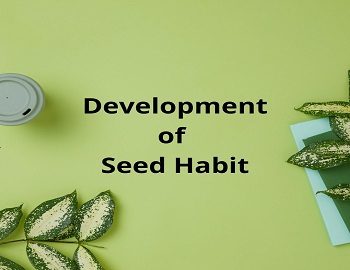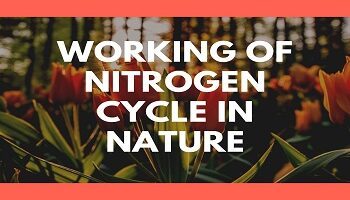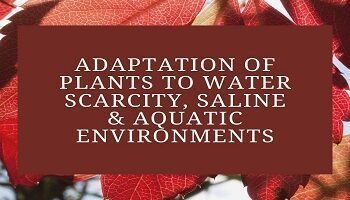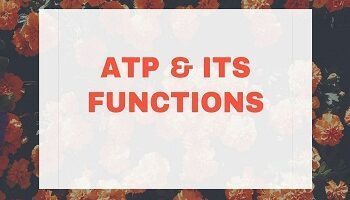Development of Seed Habit:
The development of seed habit starts from the gymnosperms. The seeds are dispersed by wind. Then onwards the plants do not depend upon water for fertilization. The embryo with food reserves in the dry seed is, therefore, a tiny plant in a dormant or inactive state protected by a seed coat.
In seed plants, two types of sporangia are formed on special leaf-like structures, the sporophylls. These are the megasporangia or ovules and the microsporangia or pollen sac. An egg cell is produced from a megaspore which develops within the ovule. The ovule remains attached to the parent plant. The pollen sac produces numerous light pollen grains. Each pollen grain develops two male gametes within it. Pollen is shed and is carried by the wind. Some eventually reach the ovules. Pollen germinates and grows into the ovule through a pore called a micropyle. The pollen tube reaches the egg cell. The male gametes are released from the pollen tube, one of them fertilises the egg cell. Fertilization thus takes place in the absence of external water within the ovule. The zygote develops into an embryo within the ovule which in turn develops into a seed. The ovule wall becomes the seed coat. When ripe and dry, the seed is shed.
Following characters of seed plants (angiosperms) make them adapted to life on land:
- Young ovules of angiosperms are protected by ovary and after fertilization seeds are protected by fruits.
- Angiosperms grow in all sorts of environments on the surface of the earth. These may be herbs, shrubs or trees.
- They have developed various ways of pollination in flowers. This reduces the chances of wastage of pollens and ensures pollination.
- A large number of angiosperms show vegetative propagation.
- Seeds are dispersed by various agencies such as water, wind and animals. This ensures effective dispersal of seeds.
- They have developed conducting tissue for the conduction of water, mineral nutrients and organic food.
- Differences Between Algae And Fungi
- What are Vascular Plants? Give their general characteristics and reasons of their dominance
- Describe the effect of physical environment on the biotic community
- Explain the term Chemosynthesis
- Chromosomal Theory Of Inheritance
- Miller and Urey Experiment
- Cell Structure and Function– NIOS









Comments (No)